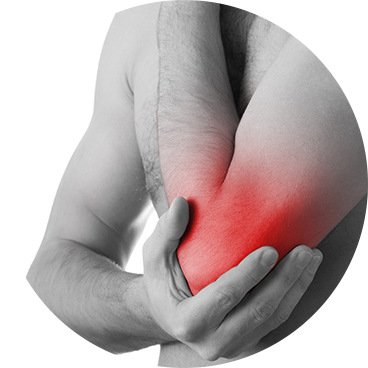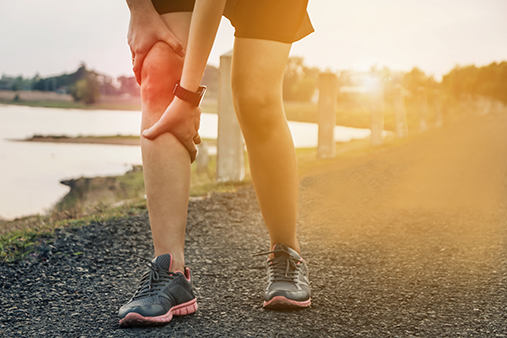Stale
Stale is a tissue injury caused by an impact. This can range from the subcutaneous fat layer to the muscles and bones. There are many levels of severity. The injured area often has pain and swelling.
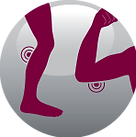
Muscle injury
Muscle injury is caused by an inflammation or tearing of muscle fibers, including tendons, from excessive exertion or stretching. There are many levels of severity. The injured area is prone to pain and swelling. In severe injuries, patients may have difficulty in bearing the force or even stretching (2).
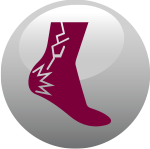
Bone ligament injury
Bone ligament injury is an inflammation or tear of the bone ligaments and joint membranes. It can occur in situations where the joint becomes too twisted or stretched. There are many levels of severity. The injured area is prone to pain and swelling. In addition, there may be abnormal sensations such as pain, looseness, and friction in the joint when moving or applying weight. In severe injuries, bone deformation can occur (2).

Bone injury
Bone injury is an inflammation, crack, or fracture of a bone from high impact or excessive load. There are many levels of severity and many characteristic appearances. The injured area is prone to pain, swelling, and an abnormal sensation within the bone when pressed. In severe injuries, bone deformation can occur (2).
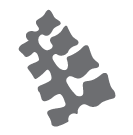

For mild injuries, normally, the body can recover by itself. On the other hand, severe injuries may take longer time to be cured and it is best to consult a specialist for proper diagnosis and treatment planning. However, we can enhance the recovery to be more effective from the onset of the injury with these following approaches:
- Reduce or suspend the use of injured structures, especially the activities that cause you more pain; use equipment to support the injured part so that it does not cause an effect when moving or carrying too much weight (3).
- Control pain to improve quality of life with topical gel containing Aesin, an anti-edema (4), bruises, hematoma (10) and Diethylamine Salicylate, an anti-inflammatory and pain relief (4) within 9 days (11), in combination with a cold spray, containing Menthol and Camphor (5), which will help aid the injuries on areas with bruises, hematomas, and cramps for those who have suffered sports injuries by following the advice of a doctor or consult a physical therapist for appropriate treatment.
- Control swelling by wrapping the swollen area with an elastic band at a comfortable fit – doesn't hurt or feel uncomfortable – and raise the injured area (1). Alternatively, use topical ointments containing Aesin with anti-edema (4) and Diethylamine Salicylate with anti-inflammatory and pain-relieving effects (4) as recommended by a specialist.
- Keep changing postures, moving joints, and stretching muscles that are not injured. Exercises with low to medium weight – ensures that there should be no impact on an injured part. For safety reasons, please consult a doctor, or physiotherapist before performing exercise (3).
- Increase circulation to enhance the repairing process of injured tissues by using a warm pack after 2 days of injury or consult a physical therapist for rehabilitation treatment (1).
Sports injury rehabilitation will allow the injured structure to fully recover. The athletes will be able to safely return to do sports activities and reduce the risk of re-injury or injury complications (6). Physical therapy for the injured part, helps you recover, leading to normal movements as before the injury, is an important factor that allows the athletes to return to sports skills as (or as close as) the condition before injury. Consult your doctor and physical therapist to assess your condition and plan for a proper injury recovery, comprising of the following factors (6):

Injured joints may become looser, as ligaments, bones and membranes are damaged, or stuck because the joint has not moved at the full range of motion for a long time during the injury period. Both problems increase the risk of re-injury and are major contributors to complications that lead to the endless injury of related structures. To build strength and flexibility to the tendons, bones, and stimulation of muscles around the joints, the patient should practice putting weights on the joints and moving the joints in all directions, while creating no pain both during and after it is done, and increase the weight gradually along the course (7).

Injured muscles lose flexibility and strength due to muscle fiber damage and inactivity during the injury period. Exercise is the most suitable solution for this problem. However, pain after an injury often results in muscle stiffness and the inability to stretch and contract normally. It can last even if there was no muscle damage or if it has passed the self-repairing phase. The important thing is that rehabilitation exercises should not cause pain during and after the process. Exercise postures should have a form and range of motion similar to those used in the sport and should gradually be increased in intensity to safely develop muscle strength (7).

The nervous system helps create stability. It is the foundation of movement and sports skills. When the body is injured, this nervous system is often impaired and may lead to complications including the increased risk of re-injury. Proper training is required to activate the nervous system and make it resume normal functionality. In the case there is no pain when putting on weight, the patients can stimulate the nervous system easily by standing still on one leg (do it one at a time, starting with the uninjured one) near a wall or a point where you can grab something to prevent falling. Consult specialists for the help of better analyzation and the recommendation of proper exercises during injury (7).
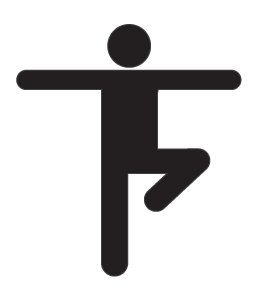
Good motor and athletic skills are important factors in preventing and rehabilitating sports injuries. Most injuries occur while athletes perform general movements or perform specific sports skills. When injured, some athletes may have feelings of insecurity or fear of re-injury, so they will not be able to perform as before the injury. It is important to practice these skills from the very beginning, by developing them gradually until the athletes are ready both physically and mentally. This will help adjust the condition of athletes, making them able to return to pre-injury performance safely (7).

Each sport has different levels of intensity. Most problems with overuse injuries are caused by athletes being overworked to the extent that the structures are damaged. Therefore, the assessment of physical training together with proper planning of training, competition, monitoring, evaluation of the condition, and proper recuperation are important processes that allow athletes to continue playing sports safely, reducing the risk of injury (8).

After the injured part is fully repaired and recovered to normal movement skills and sports skills, the final preparation for sports injury rehabilitation is to give the athlete a training session that is similar to the situation in which he or she is injured to stimulate the nervous system, control movement, and train how to react to the situations that arise and change quickly in games. In addition, it also strengthens athlete’s confidence in using the injured part. The key success of this training is to have similar movement patterns and environments to that of actual sports with adjustment of complexity levels from the basic to advanced stage. This allows athletes to relate what they are practicing with their actual use, making them able to return to practicing and playing again (9).
The most important aspect of returning to sports after an injury is to have step-by-step goal setting, time framing, and training plans to allow the body to adjust before returning to normal sports. Especially in team sports where there are collisions or needs to be aware and respond, so they can quickly resolve immediate situations. The longer the rest from an injury, the longer the time frame athletes will need for adjustment. If the injury is caused by overuse, additional rest periods or less amount of training suited to the physical condition may be required. This will help reduce the risk of re-injuries (6).
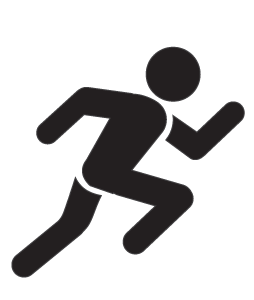
References
- Supporting document of the course ‘Prevention and first aid Sports Injuries’ by Puangpetch Mueanson, Faculty of Sports Science and Health, Institute of Physical Education Suphanburi Campus 2012.
- Foundations in sport therapy; Chapter 2.
- Bleakley CM, Glasgow P, MacAuley DC. PRICE needs updating, should we call the POLICE? Br J Sports Med. 2012;46:220–1.
- Pabst, Helmut & Segesser, B & Bulitta, Michael & Wetzel, Dieter. Efficacy and Tolerability of Escin/Diethylamine Salicylate Combination Gels in Patients with Blunt Injuries of the Extremities. International journal of sports medicine. 2001;22:430-6.
- J. V. Pergolizzi, R. Taylor, J. -A. LeQuang, R. B. Raffa. The role and mechanism of action of menthol in topical analgesic products. Clin Pharm Ther. 2018;43:313–319.
- Dhillon H, et al. Current Concepts in Sports Injury Rehabilitation. Indian J Orthop. 2017 Sep-Oct;51(5):529-536.
- Principles of injury prevention, Chapter 7.
- Ardern, Glasgow, Schneiders, et al. Consensus statement on return to sport from the First World Congress in Sports Physical Therapy, Berne. Br J Sports Med. 2016;50:853–64.
- Gabbett TJ. The training-injury prevention paradox: Should athletes be training smarter and harder? Br J Sports Med. 2016;50:273–80.
- PLI Reparil Gel N.
- Rothaar & Thiel, Percustaneous gel therapy and blunt sport injuries MedWelt 1982.



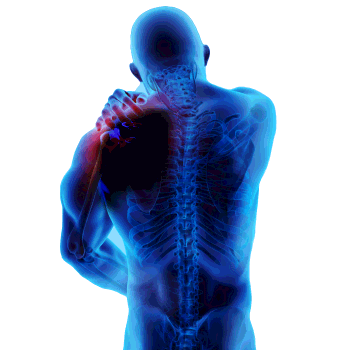 HOME
HOME